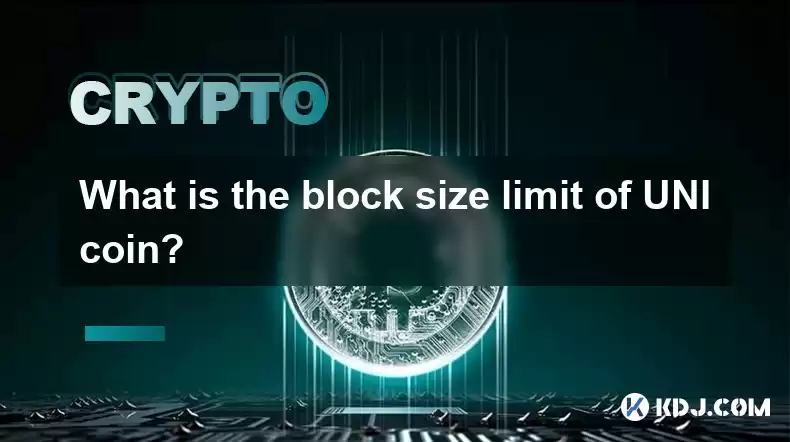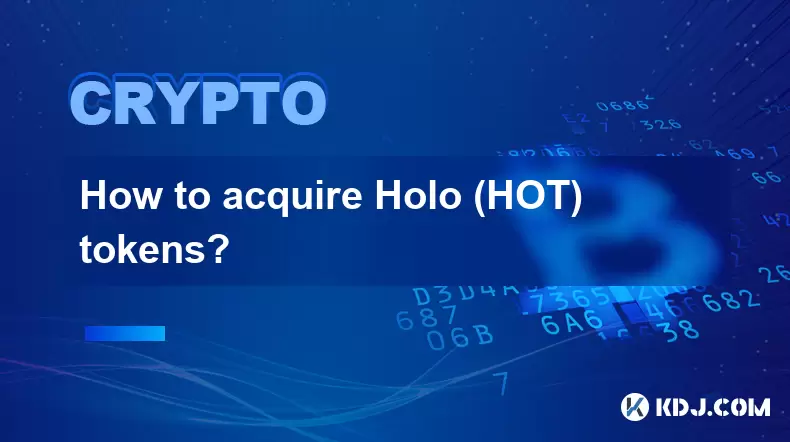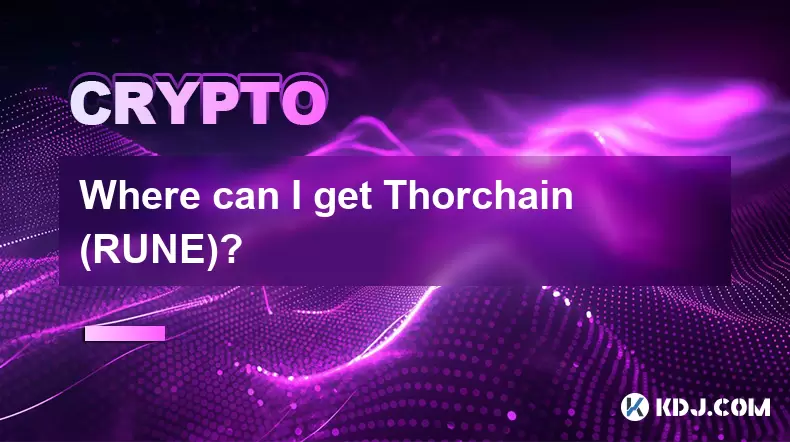-
 Bitcoin
Bitcoin $116800
0.06% -
 Ethereum
Ethereum $3916
2.20% -
 XRP
XRP $3.333
8.10% -
 Tether USDt
Tether USDt $1.000
0.02% -
 BNB
BNB $789.3
1.45% -
 Solana
Solana $177.6
2.58% -
 USDC
USDC $0.0000
0.02% -
 Dogecoin
Dogecoin $0.2232
4.03% -
 TRON
TRON $0.3384
0.01% -
 Cardano
Cardano $0.8005
4.26% -
 Stellar
Stellar $0.4651
11.58% -
 Hyperliquid
Hyperliquid $41.38
5.34% -
 Sui
Sui $3.828
2.87% -
 Chainlink
Chainlink $19.41
11.81% -
 Bitcoin Cash
Bitcoin Cash $581.4
0.02% -
 Hedera
Hedera $0.2623
3.12% -
 Avalanche
Avalanche $23.50
3.00% -
 Ethena USDe
Ethena USDe $1.001
-0.04% -
 Litecoin
Litecoin $121.8
0.85% -
 UNUS SED LEO
UNUS SED LEO $8.986
0.38% -
 Toncoin
Toncoin $3.359
1.47% -
 Shiba Inu
Shiba Inu $0.00001293
2.14% -
 Uniswap
Uniswap $10.61
4.95% -
 Polkadot
Polkadot $3.917
3.45% -
 Dai
Dai $1.000
-0.01% -
 Bitget Token
Bitget Token $4.461
1.26% -
 Cronos
Cronos $0.1516
2.47% -
 Monero
Monero $265.7
-5.07% -
 Pepe
Pepe $0.00001118
2.72% -
 Aave
Aave $283.4
3.76%
What is the block size limit of UNI coin?
UNI coin transactions are subject to Ethereum's 15 million gas block limit, which can cause delays during high demand, influencing transaction fees and potentially resulting in failed transactions.
Feb 18, 2025 at 07:54 am

UNI Coin Block Size Limit
- Understanding Block Size Limits
- UNI Coin's Block Size Limit
- Factors Influencing Block Size Limits
- Impact of Block Size Limits on Transactions
- Alternatives to Increase Transaction Capacity
- Potential Future Developments
- FAQs
Understanding Block Size Limits
A blockchain network operates by organizing transactions into blocks. Each block has a finite capacity, or block size limit, that determines the maximum amount of data it can hold. The block size limit serves several important functions:
- Ensuring network stability: By limiting the size of blocks, the network can prevent excessive congestion during periods of high transaction volume.
- Maintaining transaction speed: Smaller block sizes allow for faster block propagation and validation, resulting in swifter transaction processing times.
- Balancing decentralization and efficiency: Larger block sizes may centralize control over the network by favoring miners with higher computing power.
UNI Coin's Block Size Limit
UNI coin is the native cryptocurrency of the Uniswap decentralized exchange (DEX). The Uniswap blockchain operates on Ethereum, which currently enforces a block gas limit of 15 million gas. UNI coin transactions require a specific amount of gas to be processed, and the gas cost varies depending on the complexity of the transaction.
The current block gas limit on Ethereum effectively caps the number of UNI coin transactions that can be included in a single block. This can lead to transaction backlogs during periods of high demand, resulting in longer processing times and higher gas fees.
Factors Influencing Block Size Limits
Several factors influence the choice of block size limits for a given blockchain network:
- Throughput: The desired transaction throughput determines the minimum block size required to handle the expected transaction volume.
- Latency: Smaller block sizes reduce latency, but at the expense of potential throughput limitations.
- Security: Larger block sizes may compromise security by increasing the likelihood of blockchain forks.
- Decentralization: Larger block sizes favor miners with greater resources, potentially centralizing the network.
Impact of Block Size Limits on Transactions
Block size limits have a significant impact on the processing of transactions:
- Transaction delays: When the transaction volume exceeds the block size limit, transactions may be delayed until a subsequent block is created.
- Gas fees: During periods of high demand, miners may charge higher gas fees to prioritize transactions in the limited block space.
- Failed transactions: If a transaction cannot be included in a block due to the block size limit being reached, it will fail and the gas fees paid may be lost.
Alternatives to Increase Transaction Capacity
To address the limitations imposed by block size limits, several alternatives have been proposed and implemented:
- Off-chain transactions: Moving some transactions off the main blockchain to alternative layers, such as sidechains or payment channels.
- Sharding: Dividing the blockchain into smaller, parallel chains to increase transaction processing capacity.
- Adaptive block sizes: Adjusting the block size limit dynamically based on network demand, offering a flexible approach to managing transaction throughput.
Potential Future Developments
Ongoing research and development efforts aim to explore new solutions to enhance transaction capacity without compromising other important aspects of blockchain networks, including security and decentralization.
FAQs
Q: Why is the block size limit of UNI coin important?
A: The block size limit of UNI coin determines the maximum capacity for transactions on the Uniswap blockchain. It affects transaction processing times and gas fees.
Q: How does the UNI coin block size limit compare to other cryptocurrencies?
A: The specific block size limit of UNI coin depends on the underlying Ethereum blockchain, which currently has a gas limit of 15 million gas.
Q: Are there any plans to increase the block size limit of UNI coin?
A: Updates to a blockchain's block size limit are typically determined by the development team behind the network. As of now, there are no confirmed plans to adjust the block size limit of UNI coin.
Disclaimer:info@kdj.com
The information provided is not trading advice. kdj.com does not assume any responsibility for any investments made based on the information provided in this article. Cryptocurrencies are highly volatile and it is highly recommended that you invest with caution after thorough research!
If you believe that the content used on this website infringes your copyright, please contact us immediately (info@kdj.com) and we will delete it promptly.
- BlockchainFX: The Crypto Presale Investors Can't Ignore
- 2025-08-08 19:10:12
- Pump.fun, Memecoins, Glass Full: Solana's Launchpad Wars Heat Up!
- 2025-08-08 18:50:12
- Crypto Market Heats Up: Altcoin Spree Drives Market Cap to $3.87T
- 2025-08-08 19:05:02
- Cardano (ADA) Price Gears Up: Open Interest Surges Amidst Key Resistance Retest
- 2025-08-08 19:15:42
- Bitcoin, Meme ICOs, and FOMO: Catching the Next Crypto Wave
- 2025-08-08 18:30:34
- OM, Investment, and Growth: Decoding the Latest Trends in Digital Assets
- 2025-08-08 18:30:34
Related knowledge

Where can I buy UMA (UMA)?
Aug 07,2025 at 06:42pm
Understanding UMA and Its Role in Decentralized FinanceUMA (Universal Market Access) is an Ethereum-based decentralized finance (DeFi) protocol design...

Where can I purchase Siacoin (SC)?
Aug 08,2025 at 11:14am
Understanding Siacoin (SC) and Its Role in the Sia NetworkSiacoin (SC) is the native cryptocurrency of the Sia decentralized cloud storage platform, a...

Where can I buy OMG Network (OMG)?
Aug 08,2025 at 12:57pm
Understanding OMG Network (OMG) and Its PurposeThe OMG Network, originally known as OmiseGO, is a layer-2 scaling solution built on the Ethereum block...

What exchanges support buying IOTA (MIOTA)?
Aug 07,2025 at 09:58pm
Understanding the Role of Private Keys in Cryptocurrency SecurityIn the world of cryptocurrency, private keys are the cornerstone of ownership and con...

How to acquire Holo (HOT) tokens?
Aug 08,2025 at 05:56am
Understanding Holo (HOT) and Its EcosystemHolo (HOT) is a cryptocurrency token associated with the Holo ecosystem, which is built on the Holochain fra...

Where can I get Thorchain (RUNE)?
Aug 08,2025 at 08:07am
Understanding the Role of Seed Phrases in Cryptocurrency WalletsA seed phrase, also known as a recovery phrase or mnemonic phrase, is a critical compo...

Where can I buy UMA (UMA)?
Aug 07,2025 at 06:42pm
Understanding UMA and Its Role in Decentralized FinanceUMA (Universal Market Access) is an Ethereum-based decentralized finance (DeFi) protocol design...

Where can I purchase Siacoin (SC)?
Aug 08,2025 at 11:14am
Understanding Siacoin (SC) and Its Role in the Sia NetworkSiacoin (SC) is the native cryptocurrency of the Sia decentralized cloud storage platform, a...

Where can I buy OMG Network (OMG)?
Aug 08,2025 at 12:57pm
Understanding OMG Network (OMG) and Its PurposeThe OMG Network, originally known as OmiseGO, is a layer-2 scaling solution built on the Ethereum block...

What exchanges support buying IOTA (MIOTA)?
Aug 07,2025 at 09:58pm
Understanding the Role of Private Keys in Cryptocurrency SecurityIn the world of cryptocurrency, private keys are the cornerstone of ownership and con...

How to acquire Holo (HOT) tokens?
Aug 08,2025 at 05:56am
Understanding Holo (HOT) and Its EcosystemHolo (HOT) is a cryptocurrency token associated with the Holo ecosystem, which is built on the Holochain fra...

Where can I get Thorchain (RUNE)?
Aug 08,2025 at 08:07am
Understanding the Role of Seed Phrases in Cryptocurrency WalletsA seed phrase, also known as a recovery phrase or mnemonic phrase, is a critical compo...
See all articles

























































































